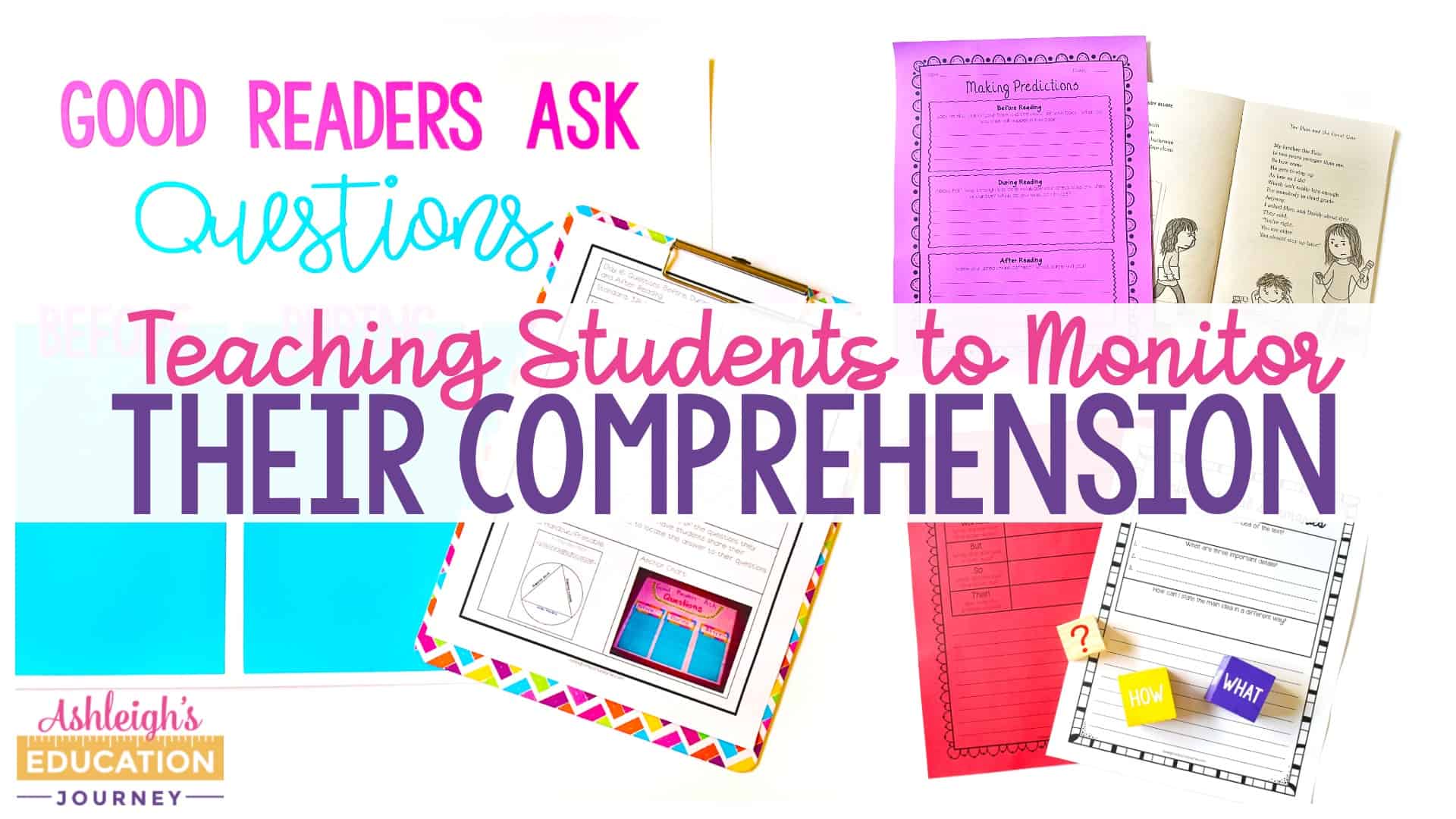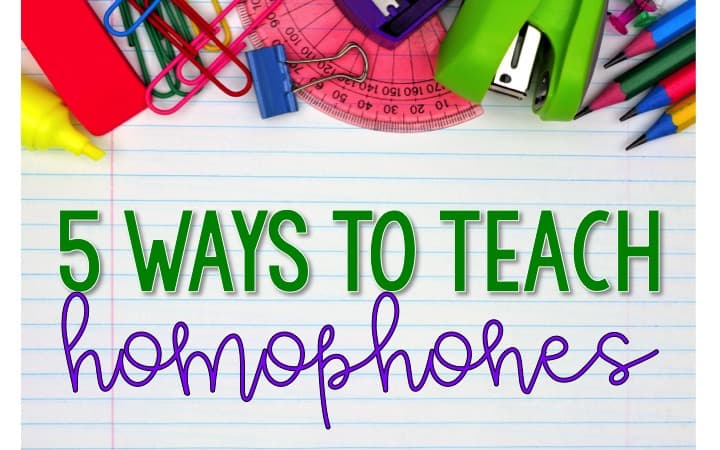Teaching students to monitor their comprehension is one of the most important parts of reading instruction, but it’s not always easy. Strong readers often do this intuitively. They likely use all of the the strategies below without even realizing it, which is perfectly fine. However, this is not natural or instinctive to all students. Some students must be explicitly taught how and why to monitor their reading comprehension.
The goal of these lessons is guide students through strategies and to reinforce and discuss monitoring comprehension until it is a natural part of reading. Remember these strategies much be used consistently. They should become an integral part of your reading conversations.
In this post, I share four strategies you can use to help your students monitor their comprehension as they read. These lessons are from my Reading Unit 1, but you can definitely use these strategies with or without the unit.
Questioning
Students should ask questions before, during, and after reading. Explain to students that as we read we need to recognize when something doesn’t make sense. Many times when we think “huh” or “what” or feel confused, it’s a sign that we need to go back and reread. Be sure to explain that it’s not necessary to reread the entire text. Instead, go back a paragraph or two and try to find what caused the confusion.
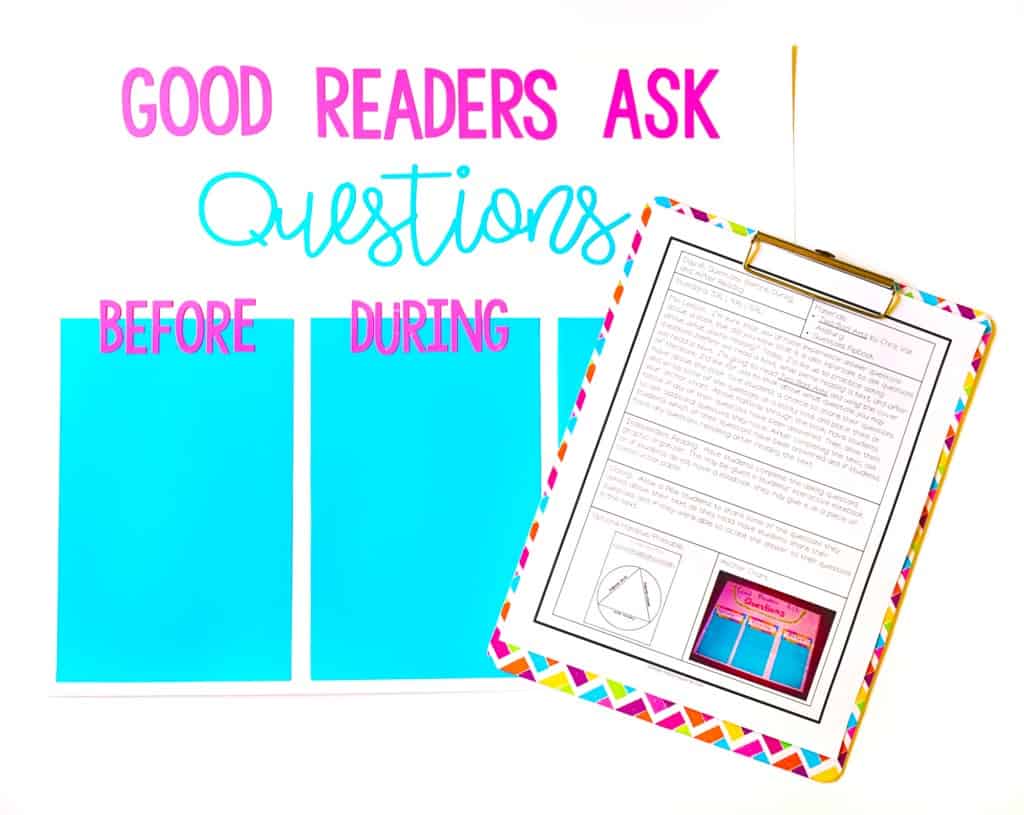
When you first introduce questioning to students, some students will likely take the quick and easy route and ask very simplistic questions such as, “What color was the…”. To help students ask more open-ended questions, model how to ask high-level questions that require students to make inferences and think beyond the text. High-level questions don’t have simple yes/no answers and are open-ended to encourage answers with more depth.
Predictions
Making predictions is closely related to asking questions. This valuable strategy allows students to become active in the reading process. You can support students with making predictions by using a graphic organizer that has students predict the outcome of a story. When using a graphic organizer, students are more likely to stay engaged in the text, and they are able to go back and refer to their predictions after reading the text.
Students should also recognize that predictions are not only useful at the beginning of a text. As we read, we continuously change our predictions and develop new predictions. This means that students should be given the opportunity to revise their predictions as they gain new information from the text.
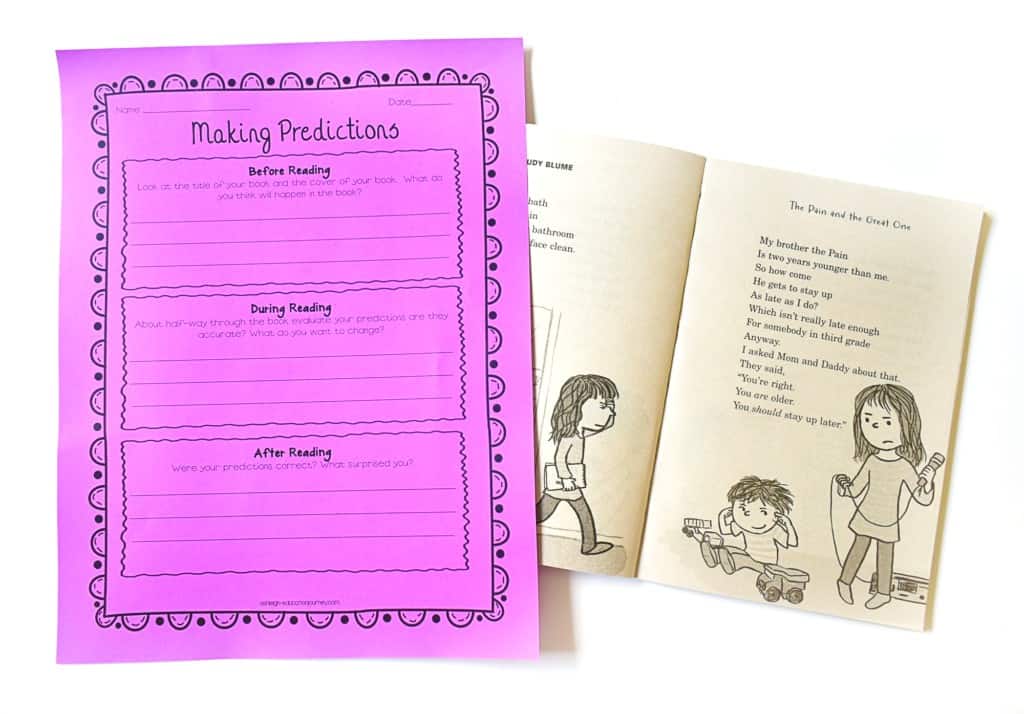
Summarize
Summarizing teaches students how to discern the most important ideas in a text, how to ignore irrelevant information, and how to integrate the central ideas in a meaningful way. Teaching students to summarize improves their memory for what is read, and is a valuable technique to monitor comprehension.
A great scaffolding tool for writing fiction summaries is the mnemonic: somebody, wanted, but, so, and then. This prevents students from writing too much about one section of the text and/or omitting an important portion of the text. As students learn to write summaries, they will benefit from first filling out the graphic organizer and then learning to word the content into a paragraph format.
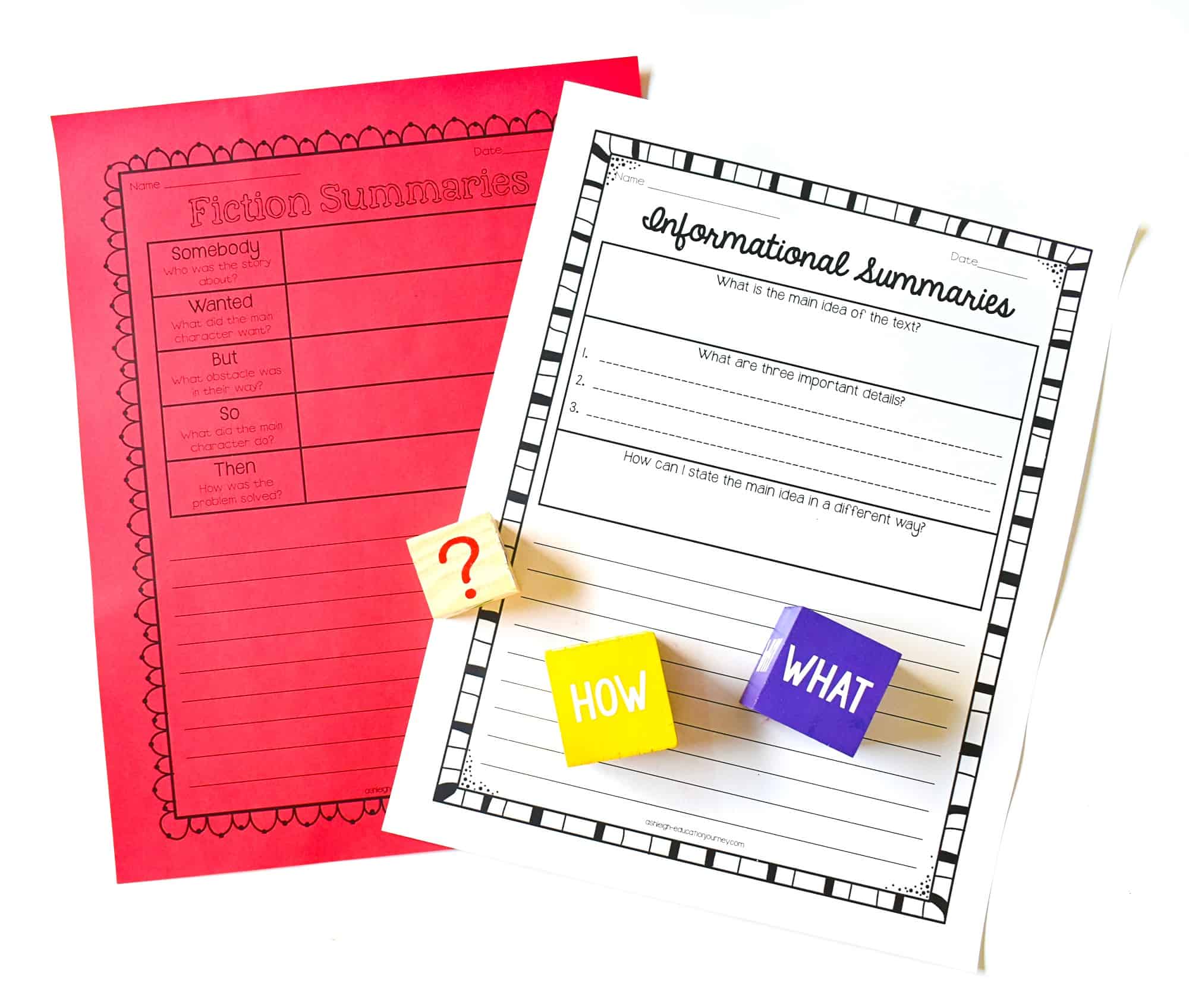
Synthesizing
Synthesizing a text is the process of pulling together background knowledge, newly learned ideas, connections, and inferences into a complete understanding of the text. When students synthesize, they recognize of how their thinking changed and evolved as they read a text. Synthesizing requires students to take a summary and add their own thoughts, experiences, opinions, and connections to generate a new idea.
Students must realize that the use of these strategies to monitor comprehension is what will allow them to fully enjoy and appreciate their text. I often explain to my class that when they were younger they were learning how to read, which was great! But, now that they know how to sound out words and recognize site words, the focus is on making meaning. No one would enjoy reading if we didn’t make sense out of the text.
If you want to find more ideas and strategies to teach upper elementary reading, be sure to read this post!

